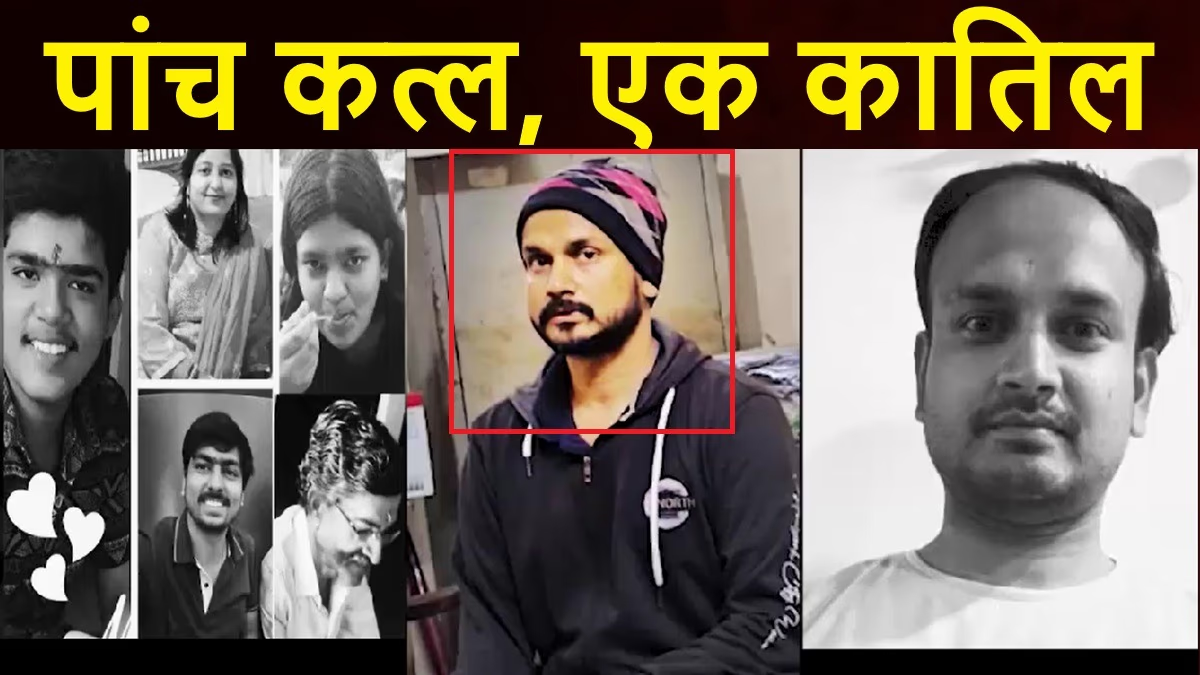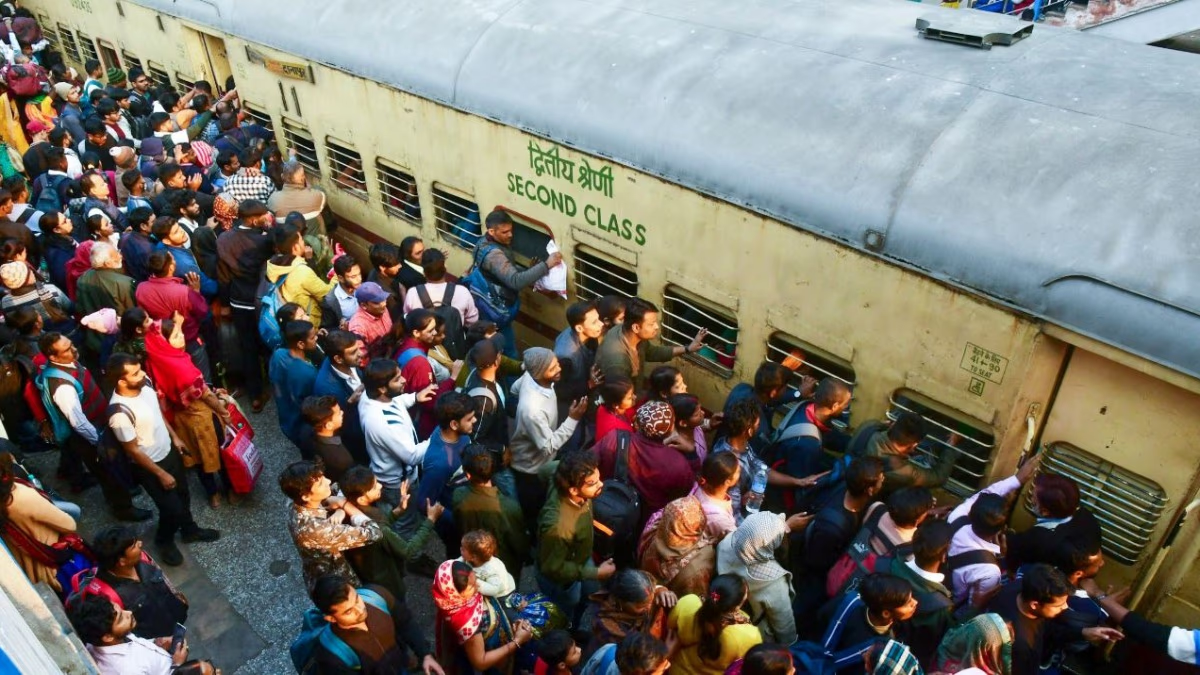With only 16 days remaining for the spectacular Kumbh in Prayagraj, more than 430 million devotees have already taken the holy dip. Are you planning to visit the Kumbh in the coming 16 days? Hold on, because recently, the travel time to reach Prayagraj via road doubled or even tripled. In the past 72 hours, travelers have been stuck for 8 to 10 hours in traffic jams, and those who managed to reach the city needed to cover at least 10 to 20 kilometers on foot. The police have been advising thousands of visitors from Madhya Pradesh, 200 kilometers away from Prayagraj, to reconsider their travel plans due to the overwhelming crowd.
The city of stars, Prayagraj, nestled by the riverbank, appears enchanting from the sky, as if stars themselves have been stitched on the banks of Triveni. Over 430 million pilgrims have taken the holy bath in the past 30 days, meaning an average of 14.3 million visit the grand Kumbh each day. As millions contemplate whether traveling to Kumbh in the next 16 days is feasible, and whether planning to avoid weekend crowds might be wise, they question if heading there after the magnitude of Mauni Amavasya's chaos is a stable plan. Is it better to journey by train, air, or take the road?
Chief Minister Issues Directives to Officials
Concerning the grand Kumbh, Chief Minister Yogi Adityanath held a crucial meeting via video conferencing with senior police officers and administrative officials of various zones, including Prayagraj, Kaushambi, Kanpur, Sultanpur, Amethi, and Varanasi. The meeting focused on reviewing the arrangements and issuing necessary guidelines to ensure a smooth experience for pilgrims visiting the Kumbh.
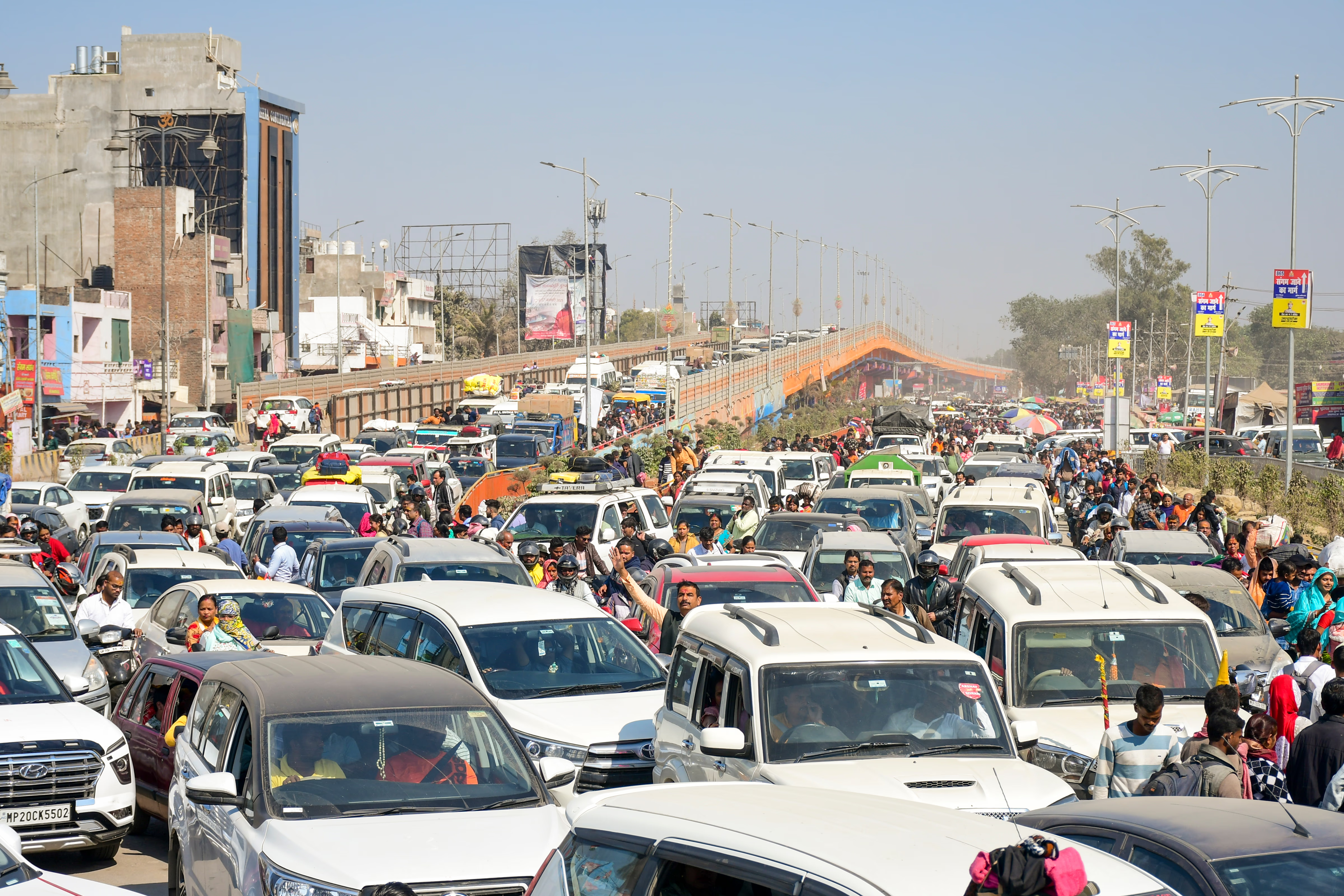
Source: aajtak
(A massive traffic jam unfolding at Prayagraj/PTI)
CM Yogi emphasized, 'Ensure traffic flows smoothly on Kumbh routes and optimize parking areas. As visitors flock from every direction, lines of vehicles should not form, and traffic congestion must be avoided.' During Maagh Purnima, extra caution and vigilance are required, mirroring the arrangements enforced during Basant Panchami. CM Yogi urged officials to assist children, the elderly, and women by increasing shuttle buses from parking areas to the fair grounds.
The Chief Minister insisted that no unauthorized vehicles should enter the fair grounds. Ensuring the safe passage of each pilgrim to their destination is our responsibility. Cleanliness is synonymous with Prayagraj and the Kumbh, so continuous cleansing of both the river and fair grounds is mandatory.
Long Traffic Jams Ensnare Travelers to Prayagraj
Currently, three main routes lead to Prayagraj: by air, train, and road. Flight tickets remain steep, priced at a minimum of 13,000 INR one-way. As seen in images, the train condition reflects massive crowd accumulation. On-ground realities depict travelers enduring long hours in traffic jams reaching Prayagraj from various cities like Lucknow, Delhi, and Jaipur, with delays ranging from 5 to 10 hours between February 8 and 10. Those venturing at night face endless traffic snarls, and morning travelers encounter delays exceeding 24 hours.
Several travelers to Kumbh indicated to Aaj Tak that as of February 6, traffic jams weren't severe. Yet post-February 7, and up to February 10, extensive jams have formed—8 kilometers long after Raebareli, extending 22 kilometers to Prayagraj. Similar jams are reported along other routes leading to Kumbh, affecting travelers from Kaushambi, Jaunpur, Bhadohi, and beyond. Consequently, what should have been a 3-hour journey turned into a 10-hour ordeal for some, as travelers from Mirzapur, Chitrakoot, and Rewa faced challenges along similar congestion-ridden paths.
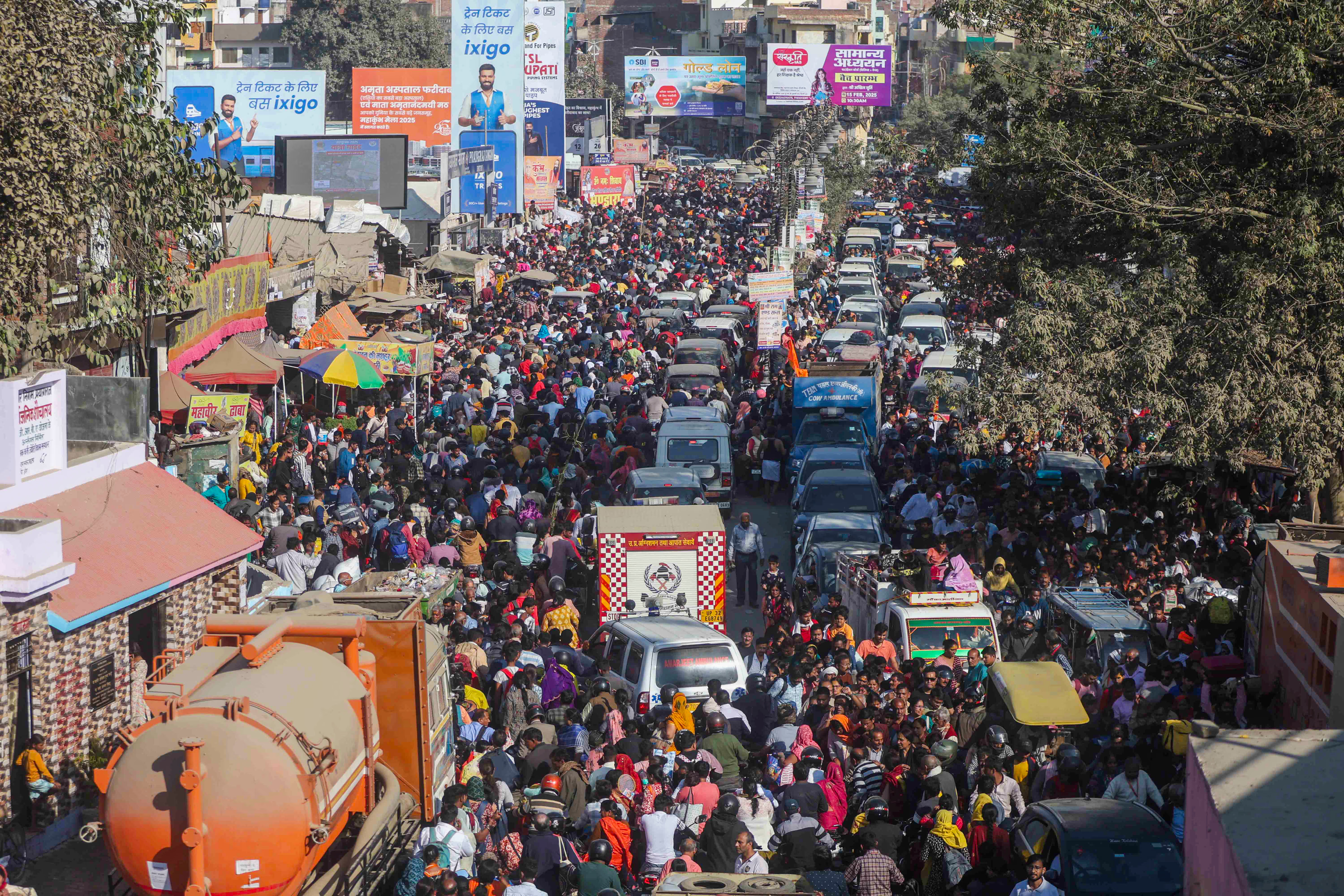
Source: aajtak
(Sunday saw gridlocked vehicles in Prayagraj / PTI)
What is the Current State of the Road?
Between February 8 to 10, traffic jams have extended around 100-150 kilometers from Prayagraj. Lessons from the chaos during Mauni Amavasya have led to new crowd-control strategies, with vehicles being halted in districts adjacent to Prayagraj before being allowed to proceed based on crowd density within Prayagraj.
Significant congestion on roads leading to Prayagraj arises from vehicles traversing from states like Chhattisgarh, Maharashtra, Telangana, and Karnataka, choosing this route to reach Kumbh. These conditions prompted appeals from the Chief Minister himself, advising travelers to be prepared for potential long traffic jams.
Currently, the Kumbh Mela area doesn’t reflect as much congestion as the entry points to Prayagraj, albeit crowd numbers are amplified by the upcoming Maagh Purnima on February 12. Despite this, even travelers heading by train face no easy journey.
Train Travel Proves Challenging
For those considering train travel to Kumbh, heed the following: despite Indian Railways operating over 300 special trains to accommodate travelers, intense crowding is observable. Some passengers, forced to occupy engine compartments, were only evicted upon intervention by RPF officials. Similar scenes exist on trains arriving from Samastipur in Bihar, where boarding—whether through windows or doors—becomes a battle. Such overwhelming numbers create unprecedented compaction, leaving travelers helpless as some passengers lock compartment doors internally. This predicament unfolds not just en route from Samastipur but from Kanpur, Varanasi, and all trains toward Prayagraj.
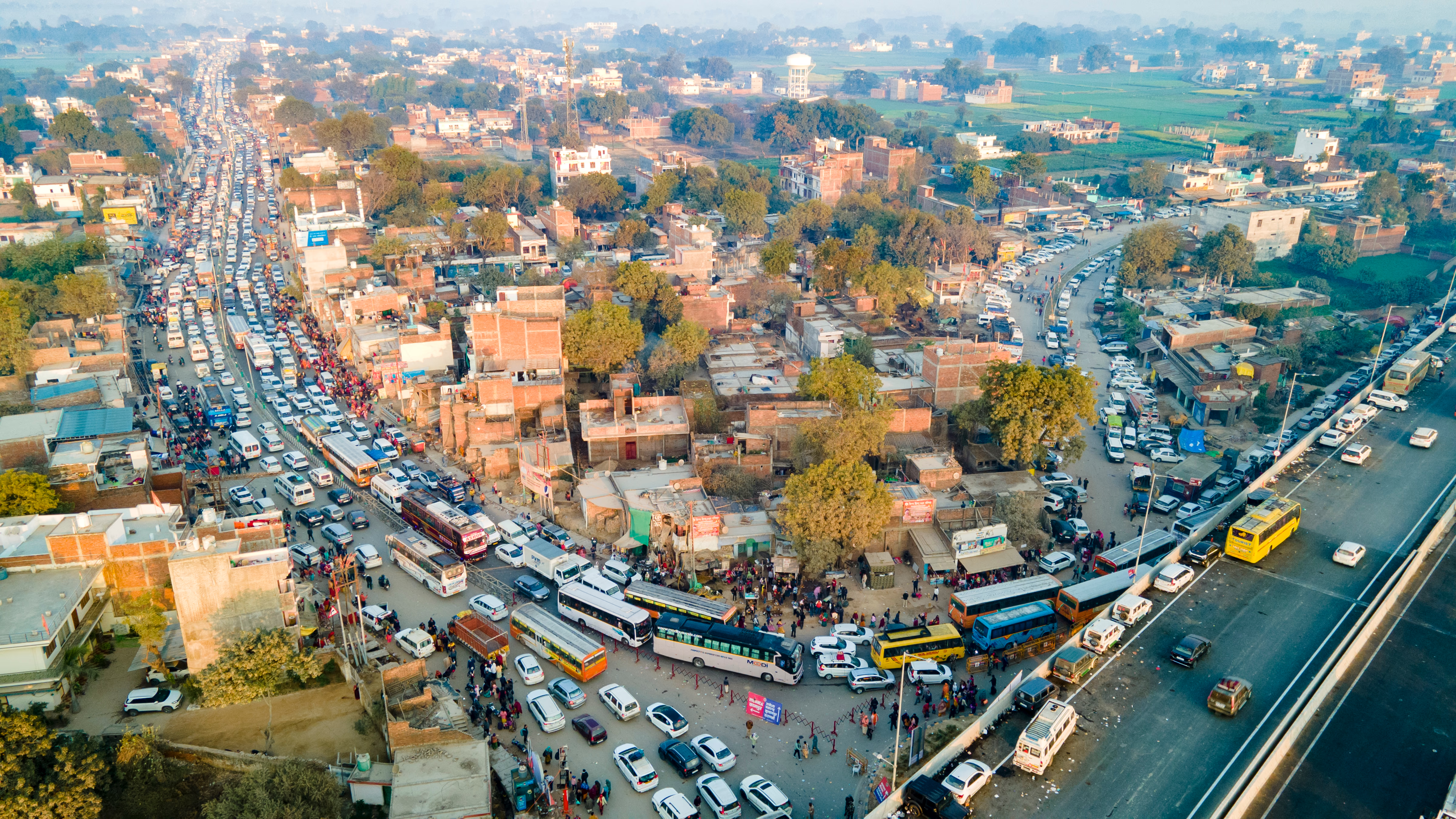
Source: aajtak
(Traffic jam on Monday at Prayagraj, featuring jammed vehicles / PTI)
The Causes of the Crowd and Traffic Jams
Traffic isn't restricted just outside; city entries, too, face extensive congestion. After the chaos on Mauni Amavasya, many deferred Kumbh visits. Following major events like the royal bath on Basant Panchami and PM Modi’s Kumbh dip, assumptions of mitigated crowds encouraged first-timers. Can't afford flights or consistently full trains push many toward traveling via personal vehicles, leading to congestion. Increased weekend arrivals due to holidaying amplify this; city’s parking lots, designed for 500,000 to 600,000 vehicles, are saturated.
Reports claim that some leverage recommendations to bring vehicles into the city adversely affecting internal traffic flow. Despite several barricades set for managing crowd flow, the excess is overwhelming. An estimated 1.5 million cars arrived within three days, but outflow didn't match this pace, exacerbating congestion.
What's Needed to Tame the Situation
Insight is available now regarding Kumbh: traffic snarl-ups, full trains, sky-high airfare, and long walks post-arrival at Kumbh. As of now, an easy bath in the holy waters remains elusive amidst jams as external security fortifications are intensified. There are 112 parking zones, segregated within and outside the city, yet the external zones lack security personnel. Increasing this security and enforcing external parking could alleviate city jams.
Increasing shuttles is also essential, as there aren't enough where cars are parked, and public transport is minimal, mandating expansion. Minimizing VIP traffic is also crucial. Currently, VIP vehicles enter the city and fair lanes, disturbing pedestrian devotees.



